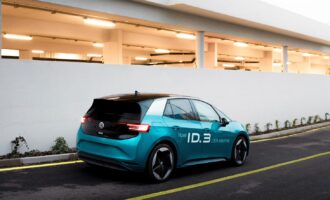
SwRI consortium seeks to understand unique stressors on EV fluids
2020 was a strange year for the automotive industry with large-scale manufacturing interruptions, disruption to supply chains, and the closure of U.S. assembly plants. Despite these Covid-19 enforced disruptions, global battery electric vehicle (BEV) sales increased gradually to just under 3% and more than 4% when plug-in hybrid electric vehicles (PHEV) and BEVs are both considered.
In Europe, it was a completely different ball game with rapid growth in electrified powertrains (BEV, PHEV, and hybrid electric vehicles) that accounted for almost 10% of new vehicle sales. BEVs alone spiked from 1% in 2019 to 4% in 2020. Incentive programs, maturity of technology, a broader electric vehicle (EV) offering, falling battery costs, and looming price parity are all driving adoption. In the United States, BEV adoption remains slow. Many of the most popular cars have exhausted the USD7,500 federal tax credits for all-electric and PHEVs.
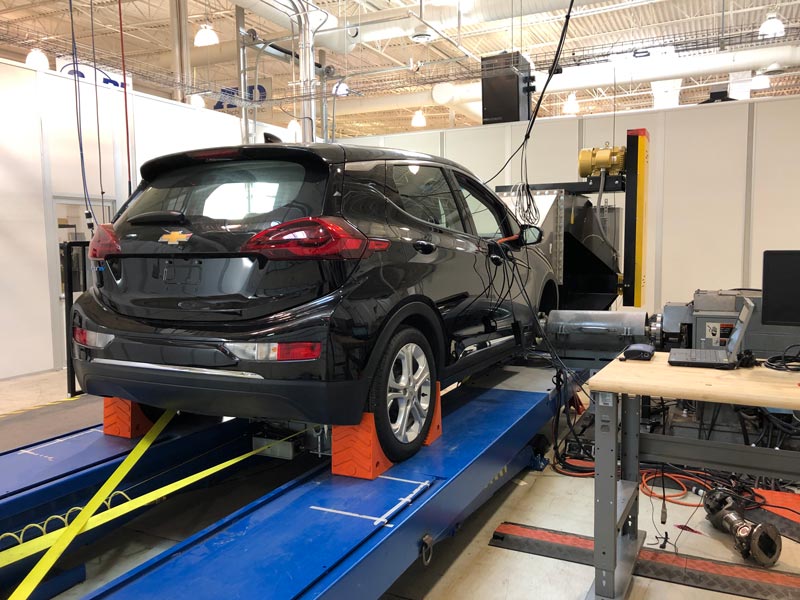
It is difficult to meet future fuel economy standards in Europe with the internal combustion engine (ICE) only vehicle. “You might as well say it’s impossible,” says Graham Conway, powertrain consulting service manager at San Antonio, Texas, U.S.A.-based Southwest Research Institute (SwRI). With the European Parliament calling for Euro 7 emission norms by 2025, it is not going to get any easier. Euro 7 will likely mandate a further reduction of NOx and hydrocarbon limits—down to the China 6B limit of 35 mg/km or potentially lower, says Conway. The specification is also expected to introduce fuel neutral standards for diesel and gasoline. Inclusion of a particulate number (PN) of <23 (down to 10 nm) makes it even more challenging for ICE vehicles. “Even a 60% efficient ICE-only in a passenger car cannot achieve the 2025 targets,” he says. Conway provided his perspective during a Southwest Research Institute webinar on Advanced Fluids for Electrified Vehicles: Industry Update, on May 18, 2021.
While Europe is rocketing ahead in its electrification journey, the U.S. Department of Transportation’s National Highway Traffic Safety Administration (NHTSA) and the U.S. Environmental Protection Agency (EPA) have relaxed fuel economy standards under the previous Trump administration. The Safer Affordable Fuel-Efficient (SAFE) Vehicles Rule loosened standards to a 1.5% year-on-year improvement in fuel economy to MY2026 under the guise of making vehicles more affordable. Under SAFE, combined fleet fuel economy targets are 40.4 miles per gallon (mpg). While these represent a significant jump from today’s standards, they are “quite achievable,” says Conway. Europe is targeting a far more aggressive 75 mpg equivalent in the same timeframe.
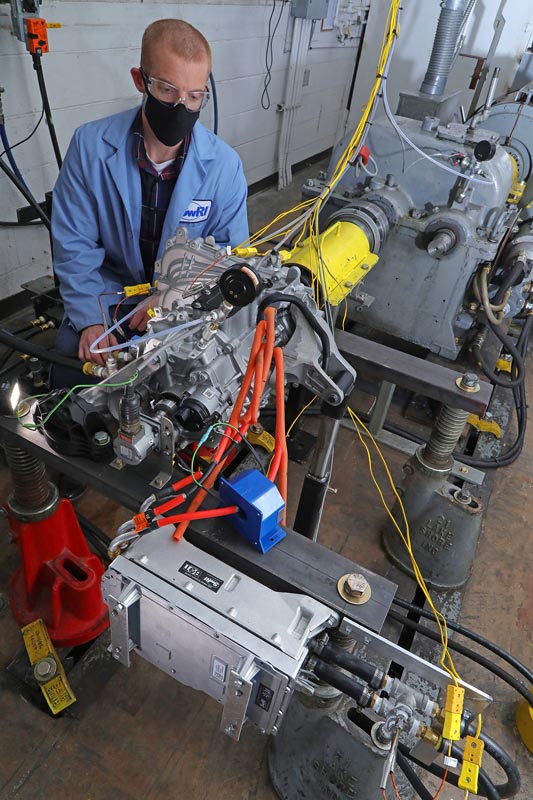
However, the pendulum of U.S. regulatory requirements is set to swing back in the other direction, says Conway. A more aggressive stance on electrification is expected from the Biden administration. Conway highlighted the new U.S. administration’s ambitious infrastructure spending of which USD174 billion is to be directed “to win the EV market.” The spending boost will deliver 500,000 charging stations by 2030, and replace the U.S. federal fleets, including the U.S. Postal Service, with EVs. Conway suggests we could also see an extension of federal tax credits and support for domestic EV battery production.
New fuel economy standards will be announced in July 2021, says Conway. Despite a desire to win the EV market, the SwRI representative does not believe the targets will be as aggressive as Europe. The SAFE rule is likely to be revised or rescinded with the restoration of the Clean Air Act waiver that permits California to enforce its own more aggressive greenhouse gas standards. The Trump administration had previously revoked California’s waiver power, prompting several legal challenges, and a commitment from Ford, VW, Honda, and BMW to target a more aggressive target of 6% year-on-year improvement. It is also possible President Joseph Biden will establish aggressive BEV targets in the 2030–35 timeframe, says Conway. Head of EPA, Michael Regan, has previously stated he would not rule out an ICE ban.
Despite tightening standards, Conway acknowledged the difficulty of accurately foretelling EV uptake. Forecasts from analysts vary from 12% to 60% in the 2040 timeframe. With global BEV powertrain growth increasing dramatically in developed markets, SwRI predicts close to 50% BEV passenger car share by 2040.
Conway highlighted a growing preference for larger vehicles as one of the biggest challenges for the U.S. In 2020, 60% of U.S. vehicle sales were “trucks,” with a further 10% categorised as “Car SUV.” Unsurprisingly, bigger vehicles exhibit far lower fuel economy, meaning future fuel economy standards will be challenging with ICE-only solutions.
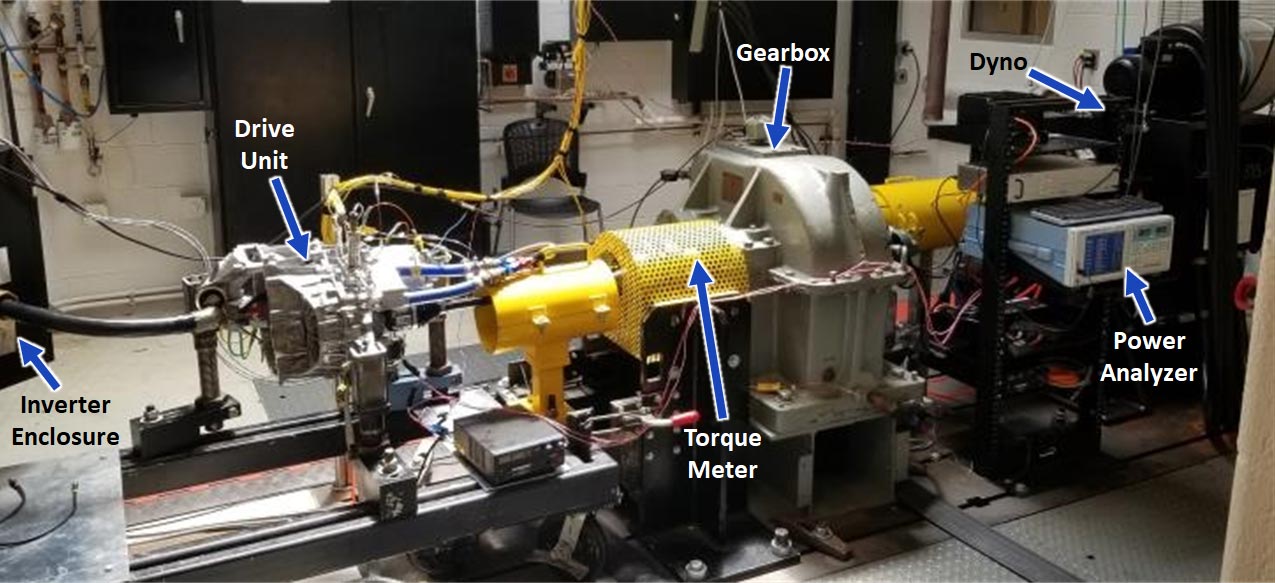
While full electrification of trucks may be difficult, Conway predicts heavier hybridisation will result in significant electrification of the fleet. Though tighter controls around minimum PHEV qualifications are likely post-MY2026, he says. Conway offered details on a CARB proposal from a May 6 public workshop for Advanced Clean Cars II (ACC II). Regulations could include the ability to drive 50 miles on electric- only, requiring larger batteries, and adhering to the US06 cycle in all-electric mode—a noteworthy change for hybrid vehicles. We are going to see larger more powerful electric motors, says Conway. The next workshop on the CARB Advanced Clean Cars II Proposal is scheduled for September 2021.
In the U.S., power is a genuine driver of higher sales prices and profit margins for OEMs. A general trend of increasing motor power and speed is placing greater demands on lubricants—such as heat rejection. The trend to wet configuration motors brings special requirements for traditional lubricants such as electrical conductivity, oxidation, corrosion, heat transfer, and aeration. Transmissions, now extremely compact, are also posing heat transfer challenges to maintain performance and efficiency. To win the EV market, consideration cannot simply be directed at the vehicles themselves. A raft of new challenges requires innovative solutions for EV fluids.
During the SwRI virtual meeting, Peter Morgan, program manager, outlined the establishment of the Advanced Fluids for Electrified Vehicles (AFEV) Consortium. Members of the consortium include Afton Chemical, Aisin, Croda, Dana, GS Caltex, Petro-Canada, Infineum, Lanxess, Chevron Oronite, Toyota, Hino, Volvo Truck and Shell.
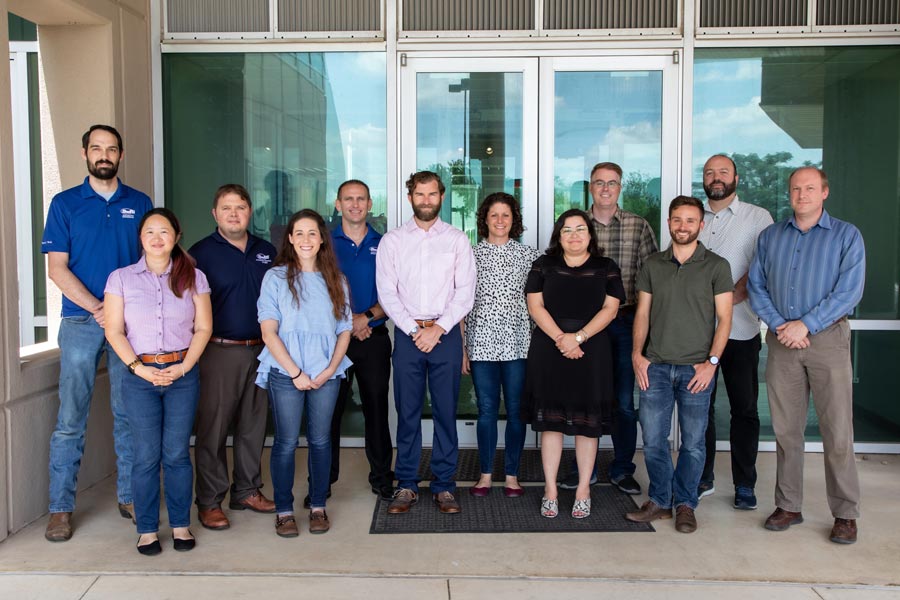
The consortium aims to advance the industry’s understanding of the unique stressors placed on EV fluids to enable the advancement of EV powertrains into the future. A wide variety of EV architectures exist and the market is quickly growing and changing. The optimal hardware design has not yet been realised, says Morgan. We are using conventional lubricant products developed for vastly different conditions, he says.
Currently, there are no controlled test procedures to develop EV fluids. Oil or additive formulators require tests to assess and demonstrate the performance characteristics of lubricants. OEMs or motor suppliers need to evaluate fluids and determine the optimum choice for a particular application, says Morgan. The AFEV Consortium hopes to determine what tools are required and to put those tools in place, he says. The consortium, which focuses on pre-competitive research, allows companies to pool resources, reduce risk, and offers a significantly larger research budget. SwRI, which runs multiple consortia in the transportation industry, will manage and execute the AFEV projects.
Rebecca Warden, manager at SwRI, detailed the potential projects for year one. Member priorities from earlier polling fall under the categories of materials compatibility, heat transfer, high-speed durability, and oxidation. The original proposal included 25 potential projects under seven categories.
Under materials compatibility, project options include a deeper understanding of wire corrosion, a multielectrode array real-time corrosion study, enhanced D130 understanding, a materials compatibility study with a focus on soaking time and temperatures, and a motor hairpin coating breakdown project. Possible heat transfer projects include the development of critical thermal performance properties and research into sustained high-power operation. Radioactive Tracer Technology (RATT) wear investigation, high-speed gear wear, and high-speed bearing wear and fluting protection, fall under the high-speed durability projects. Finally, oxidation project options include an EV-specific oxidation test and a study on electrified oxidation performance. A further member vote will consolidate the list of specific projects for year one, says Warden.






